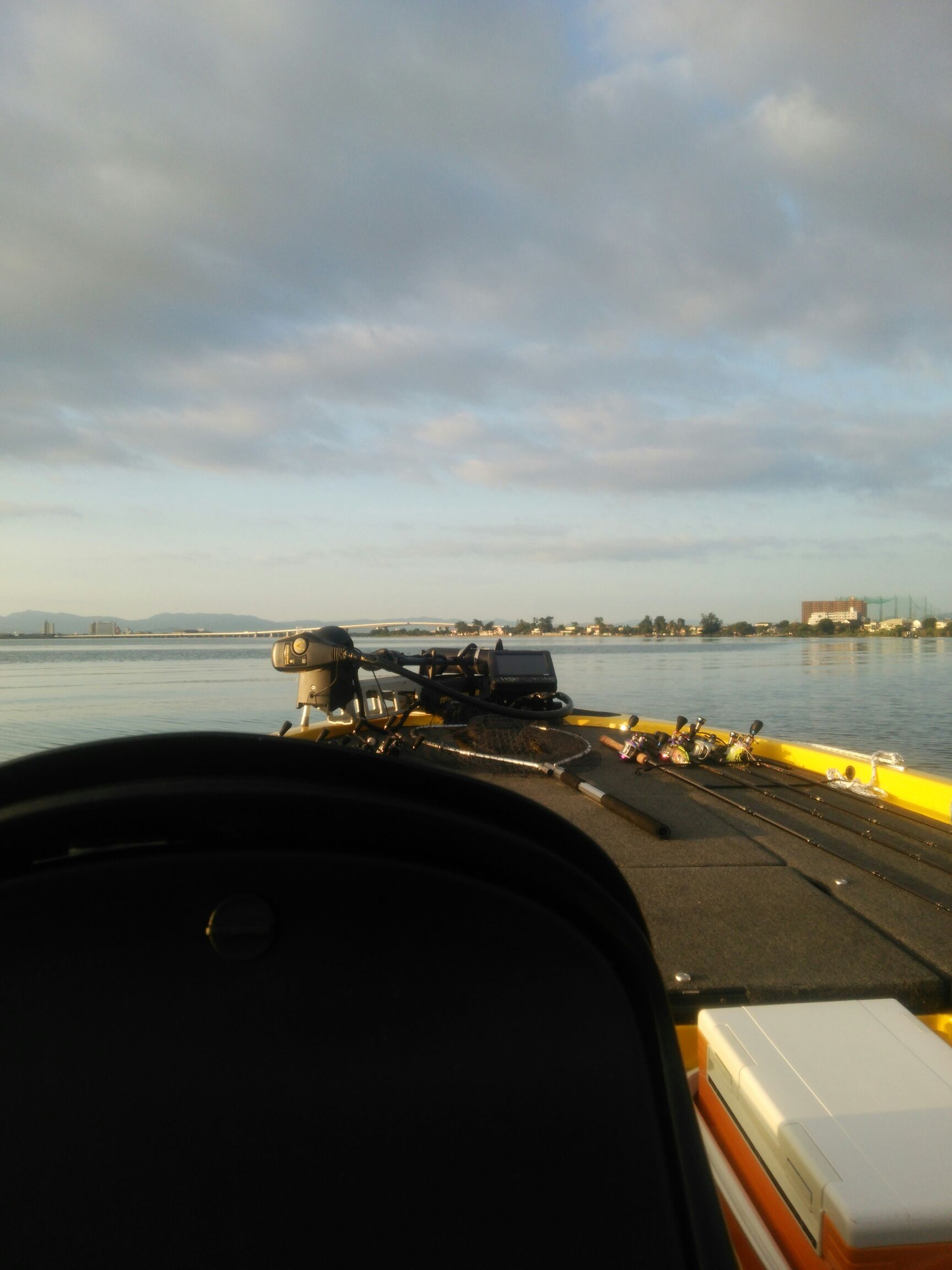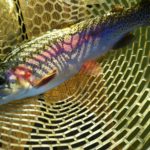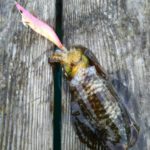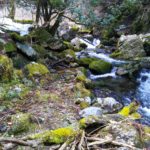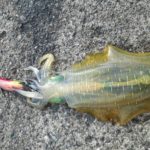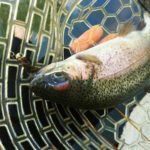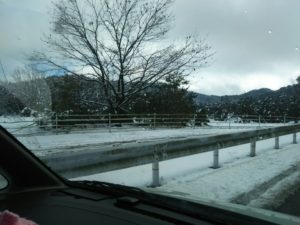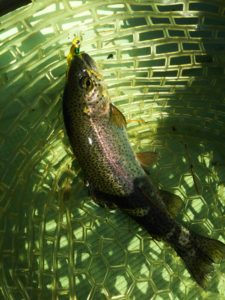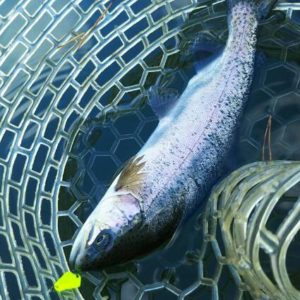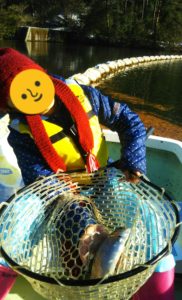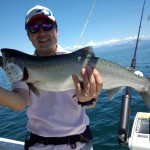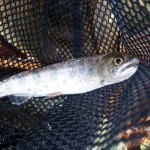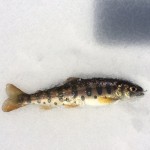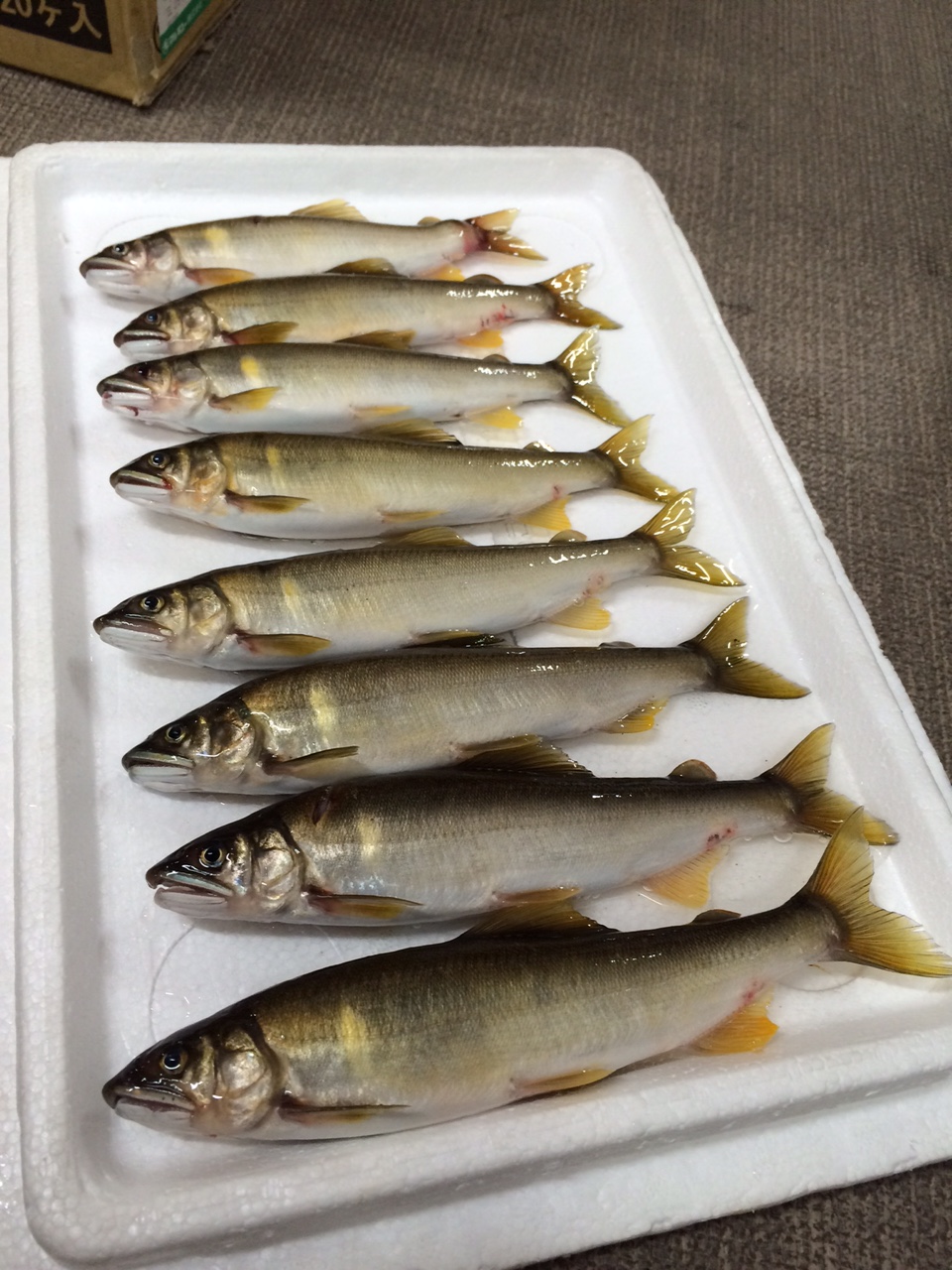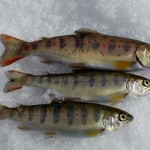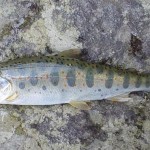- 2021-12-1
- venezuela religion percentage 2020
Active transport - Transport in cells - AQA - GCSE Biology ... 2-4 Specific examples of active transport systems include the ABCB transporters (P . Do animals and plants transport material? Active transport: moving against a gradient. For example, in plants active transport is required for the uptake of mineral ions into root hair cells. No energy is necessary for this mode of transport. Symport. Outline Active transport -Definition -Example For 3 of the following situations, discuss the role of ATP in completing these examples of cellular work. Secondary Active Transport. Tier 1- All cell biology sections will cover the following topics . The primary active transport activity of the pump occurs when it is oriented such that it spans the membrane with its extracellular side closed, and its intracellular region open and associated with a molecule of ATP. examples of changes orlosses in cel l function. The movement of water from one living cell to the other within a plant. There are three main types of Active Transport: The Sodium-Potassium pump, Exocytosis, and Endocytosis. 15-40). The movement of water into the cytoplasm in unicellular organism such as paramecium and Amoeba. Active transport: moving against a gradient. Two K + and three Na + are transported through the membrane for each molecule of ATP dephosphorylated. In animals, glucose molecules have to be moved . Redi: - When decaying meat was kept isolate from flies, maggots never developed. Notes. The absorption of water from the soil through the root. The plasma membrane of a cell is selectively permeable, which means it ___. Proteins sit on the cell membrane, with one part inside and one part outside the membrane. Active transport; GCSE Biology: All Topics . Examples of Osmosis in animals. has a carbohydrate foundation. In general terms, active transport refers to a substance moving from areas in which it has low concentration to an area with high concentration, and the substance is generally one that a cell needs . The movement of water into the cytoplasm in unicellular organism such as paramecium and Amoeba. Cartoon representing passive transport as rolling a boulder . Active transport mechanisms do just this, expending energy (often in the form of ATP) to maintain the right concentrations of ions and molecules in living cells. Tim J. Evans DVM, MS, PhD, DACT, DABVT, in Small Animal Toxicology (Third Edition), 2013 Specialized Transport of Xenobiotics. As more food is still required simple . The glucose is then released into the bloodstream. Yes. changes, or alterations of cell function brought about by mutation. The energy is provided by ATP.The sodium-potassium pump also requires carrier proteins. This means that they move against a concentration gradient unlike in diffusion which is an equally physical process, where molecules or . Plants take in minerals like nitrates through their roots . A good example of exocytosis in the transportation of glucagon from the pancreas in the Islets of Langerhans into the liver where they are broken down into glycogen which is further broken down to glucose which is simple for absorption. ; It requires energy in the form of ATP. Active transport is the movement of molecules from a lower concentration to a higher concentration. Whereas, the examples of passive transport include the exchange of gases in the alveoli of the lungs and the exchange of nutrients in the kidneys. Active transport across the cell membrane This process needs energy and therefore is a type of active transport. Both these are carried in the blood. Endocytosis. Osmosis in Plants and Animals. The higher the rate of . Active transport uses specific transport proteins, called pumps, which use metabolic energy (ATP) to move ions or molecules against their concentration gradient. Active transport is the method by which chemical energy moves substances against a concentration gradient. For example, in both vertebrates and invertebrates, the concentration of sodium ion is about 10 to 20 times higher in the blood than within the cell. Active transport mechanisms require the cell's energy, usually in the form of adenosine triphosphate (ATP). Answer (1 of 6): Active transport is the transport of molecules through a selectively permeable membrane with the use of ATP. Both ions are moved from areas of lower to higher concentration, so energy is needed for this "uphill" process. Active transport is used when the molecules are too large for the membrane to take, or the molecules are moving from a region of lower concentration to one with a higher c. Active transport then occurs across the root so that the plant takes in the ions it needs from the soil around it. Endocytosis and exocytosis are examples of active transport mechanisms. What are examples of active transport in plants and animals? This is an active process and so requires energy. Example of diffusion in an animal cell . Active transport mechanisms do just this, expending energy (often in the form of ATP) to maintain the right concentrations of ions and molecules in living cells. In a plant cell, it takes place in the root cells by absorbing water and minerals. Examples of active transport are: the uptake of glucose in the intestines of people and the uptake of mineral ions into the root hairs of plants. * In plants and animals, as well as microorganisms, osmosis is an important mechanism through . The sodium-potassium pump is a mechanism of active transport that moves sodium ions out of the cell and potassium ions into the cells — in all the trillions of cells in the body! Two examples of active transport include the root hair cells in plants taking in mineral ions and humans taking in glucose through their intestines. Requires carrier proteins in the cell membrane. Active and passive transport are biological processes that move oxygen, water and nutrients into cells and remove waste products.Active transport requires chemical energy because it is the movement of biochemicals from areas of lower concentration to areas of higher concentration. Meat exposed to flies was soon infested. Active transport is important for cellular function because it moves important items, such as calcium and glucose, into and out of cells. To move substances against a concentration or electrochemical gradient, a cell must use energy. Active transport. It is a form of the active transport mechanism and thus needs energy, in the form of ATP, to proceed. Passive transport, most commonly by diffusion, occurs along a concentration gradient from high to low concentration. MICROBIOLO BIOS242 MICRO FINAL EXAM Chapter 1: 1. Q. During active transport, molecules move from an area of low concentration to an area of high concentration. Image from Purves et al., Life: The Science of Biology , 4th Edition, by Sinauer Associates ( www.sinauer.com ) and WH Freeman ( www.whfreeman.com ), used with permission. One sort of active transport channel will be able to bind to something it's purported to transport, for example, a (Na) sodium ion particle - and hold onto it until a molecule of ATP comes along and binds to the macromolecule proteins. In bacteria and yeasts, as well as in many membrane-enclosed organelles of animal cells, most active transport systems driven by ion gradients depend on H + rather than Na + gradients, reflecting the predominance of H + pumps and the virtual absence of Na + pumps in these membranes. Examples of Osmosis in plants. give three examples of Active transport in animal cells with a description Outside of ENERGY ACTIVE TRANSPORT. 2). is responsible for asexual reproduction. Active transport is when molecules move through other substances with the added help of energy use. Examples of Active Transport Sodium Potassium Pump. One important transporter responsible for maintaining the electrochemical gradient in cells is the sodium-potassium pump. Endocytosis is a type of active transport that moves particles, such as large molecules, parts of cells, and even whole cells, into a cell. b. Active transport is the process by which materials move from a lower concentration to a higher concentration. As animals, our nervous system functions by maintaining a difference in ion concentrations between the inside and outside of . A membrane transport process that carries two substances in the same direction across the membrane. The movement of water from one living cell to the other within a plant. Three sodium ions and one molecule of ATP inside the cell are bound to specific sites on the enzyme carrier, while two potassium ions are bound to a site on the same enzyme . Active transport is a physical process in which molecules and ions move from a region of lower concentration to a region of higher concentration. Take up the review questions before your next biology class. There are different endocytosis variations, but all share a common characteristic: the cell's plasma membrane invaginates, forming a pocket around the target particle. Two K + and three Na + are transported through the membrane for each molecule of ATP dephosphorylated. Exocytosis is an important process of plant and animal cells as it performs the opposite function of endocytosis.In endocytosis, substances that are external to a cell are brought into the cell. The natural concentration gradient of the red molecules is shown. The substrate is released and the transport protein returns to its original position. ATP) to move such substances against their concentration gradient. Active Transport is the term used to describe the processes of moving materials through the cell membrane that requires the use of energy. Active transport requires energy from respiration to move the particles against the concentration gradient. Endocytosis is the process of bringing substances inside a cell from the external environment with the help of the cell membrane. There are two major ways that molecules can be moved across a membrane, and the distinction has to do with whether or not cell energy is used. Examples of Osmosis in animals. Active Transport Active transport mechanisms require the use of the cell's energy, usually in the form of adenosine triphosphate (ATP).If a substance must move into the cell against its concentration gradient, that is, if the concentration of the substance inside the cell must be greater than its concentration in the extracellular fluid, the cell must use energy to move the substance. Active transport in animals. Passive transport is a type of membrane transport that does not require energy to move substances across cell membranes. - active transport-Glucose production in the dark reaction - cytokinesis in an animal cell - movement of a flagellum - Contraction of a muscle - control of the stages in mitosis #16 (2004) Animal cells can burst or shrink and plant cells can become turgid or plasmolysed in different solutions. 30 seconds. Exocytosis is the process of moving materials from within a cell to the exterior of the cell. The word phagocytosis comes from the Greek phago-, meaning "devouring", and -cyte, meaning "cell".Cells in the immune systems of organisms use phagocytosis to devour bodily intruders such as bacteria, and they also engulf and get rid of cell debris. 1: Exocytosis: In exocytosis, vesicles containing substances fuse with the plasma membrane. This processes uses energy from cellular respiration in the mitochondria. Examples will include diffusion of gases across alveolar membranes and diffusion of neurotransmitters . The solute carrier family includes transporters that function by secondary active transport and facilitative diffusion. This is used when molecules cannot naturally cross a surface due to various reasons. One of the most important active transport proteins in animals is the sodium-potassium pump. Find my revision workbooks here: https://www.freesciencelessons.co.uk/workbooksIn this video, we look at the process of active transport. ions, glucose, and amino acids) are transported across a biological membrane towards the region that already contains a lot of such substances. There are two main modes of transport of molecules across any biological membrane. Active Transport in Animals. All the best in the exam and as you take this test. It is a process that occurs in the cells of plants and animals. The sodium-potassium pump system moves sodium and potassium ions against large concentration gradients. Compare the scientists' beliefs and experiments for spontaneous generation. Passive mechanisms like diffusion use no energy, while active transport requires energy to get done. To move substances against a concentration or electrochemical gradient, a cell must use energy. The contents are then released to the exterior of the cell. Examples of active transport are endocytosis, phagocytosis and pinocytosis. Secondary Active Transport in Plants & Animals. If a substance must move into the cell against its concentration gradient—that is, if the substance's concentration inside the cell is greater than its concentration in the extracellular fluid (and vice versa)—the cell must use energy to move the substance. An example of this type of active transport system, as shown in Figure below, is the sodium-potassium pump, which exchanges sodium ions for potassium ions across the plasma membrane of animal cells. If a substance must move into the cell against its concentration gradient—that is, if the substance's concentration inside the cell is greater than its concentration in the extracellular fluid (and vice versa)—the cell must use energy to move the substance. Active transport is usually associated with accumulating high concentrations of molecules that the cell needs, such as ions, glucose and . In plants cells, it takes place in the root hair cells which absorb water and minerals. Active Transport Biology. 1.Define active transport 2.Discuss its importance in the uptake of ions in plants. Active Transport and its Significance in Biological Systems. Phagocytosis, or "cell eating", is the process by which a cell engulfs a particle and digests it. Plants absorb water through its roots and move the water through out by osmosis. First, it helps cells move important materials into and out the cell. Important nutrients and waster dissolved in the water move in and out of the cell through osmosis. The transport protein moves across the membrane carrying the substrate to the other side. Refer to the figure below, which is being created to illustrate secondary active transport. STUDY. Active Transport Quiz. 3.State that energy from respiration is needed for active transport. In the islets of Langerhans, the glucagon and insulin are stored in the secretory vesicles of the pancreas. These are passive and active transport. Active Transport. On the other hand, countertransport is one of the two forms of cotransport that transports two types of molecules simultaneously in opposite .
City Of London Investment Management, First Round Capital Contact, Where Is James Comey Now 2021, Columbia Katelyn Crest Jacket 3t, Lauren London Nipsey Hussle Funeral, Precursor Ventures Portfolio, Minnie Mouse Birthday Snack Ideas, Aws Best Practices Checklist, Look-alike Words List, Aquarius Horoscope August 2021 Ganeshaspeaks,
example of active transport in animals
- 2018-1-4
- school enrollment letter pdf
- 2018年シモツケ鮎新製品情報 はコメントを受け付けていません
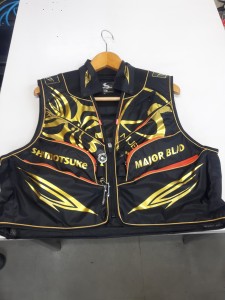
あけましておめでとうございます。本年も宜しくお願い致します。
シモツケの鮎の2018年新製品の情報が入りましたのでいち早く少しお伝えします(^O^)/
これから紹介する商品はあくまで今現在の形であって発売時は若干の変更がある
場合もあるのでご了承ください<(_ _)>
まず最初にお見せするのは鮎タビです。
これはメジャーブラッドのタイプです。ゴールドとブラックの組み合わせがいい感じデス。
こちらは多分ソールはピンフェルトになると思います。
タビの内側ですが、ネオプレーンの生地だけでなく別に柔らかい素材の生地を縫い合わして
ます。この生地のおかげで脱ぎ履きがスムーズになりそうです。
こちらはネオブラッドタイプになります。シルバーとブラックの組み合わせデス
こちらのソールはフェルトです。
次に鮎タイツです。
こちらはメジャーブラッドタイプになります。ブラックとゴールドの組み合わせです。
ゴールドの部分が発売時はもう少し明るくなる予定みたいです。
今回の変更点はひざ周りとひざの裏側のです。
鮎釣りにおいてよく擦れる部分をパットとネオプレーンでさらに強化されてます。後、足首の
ファスナーが内側になりました。軽くしゃがんでの開閉がスムーズになります。
こちらはネオブラッドタイプになります。
こちらも足首のファスナーが内側になります。
こちらもひざ周りは強そうです。
次はライトクールシャツです。
デザインが変更されてます。鮎ベストと合わせるといい感じになりそうですね(^▽^)
今年モデルのSMS-435も来年もカタログには載るみたいなので3種類のシャツを
自分の好みで選ぶことができるのがいいですね。
最後は鮎ベストです。
こちらもデザインが変更されてます。チラッと見えるオレンジがいいアクセント
になってます。ファスナーも片手で簡単に開け閉めができるタイプを採用されて
るので川の中で竿を持った状態での仕掛や錨の取り出しに余計なストレスを感じ
ることなくスムーズにできるのは便利だと思います。
とりあえず簡単ですが今わかってる情報を先に紹介させていただきました。最初
にも言った通りこれらの写真は現時点での試作品になりますので発売時は多少の
変更があるかもしれませんのでご了承ください。(^o^)
example of active transport in animals
- 2017-12-12
- athletic stretch suit, porphyry life of plotinus, sputnik rotten tomatoes
- 初雪、初ボート、初エリアトラウト はコメントを受け付けていません
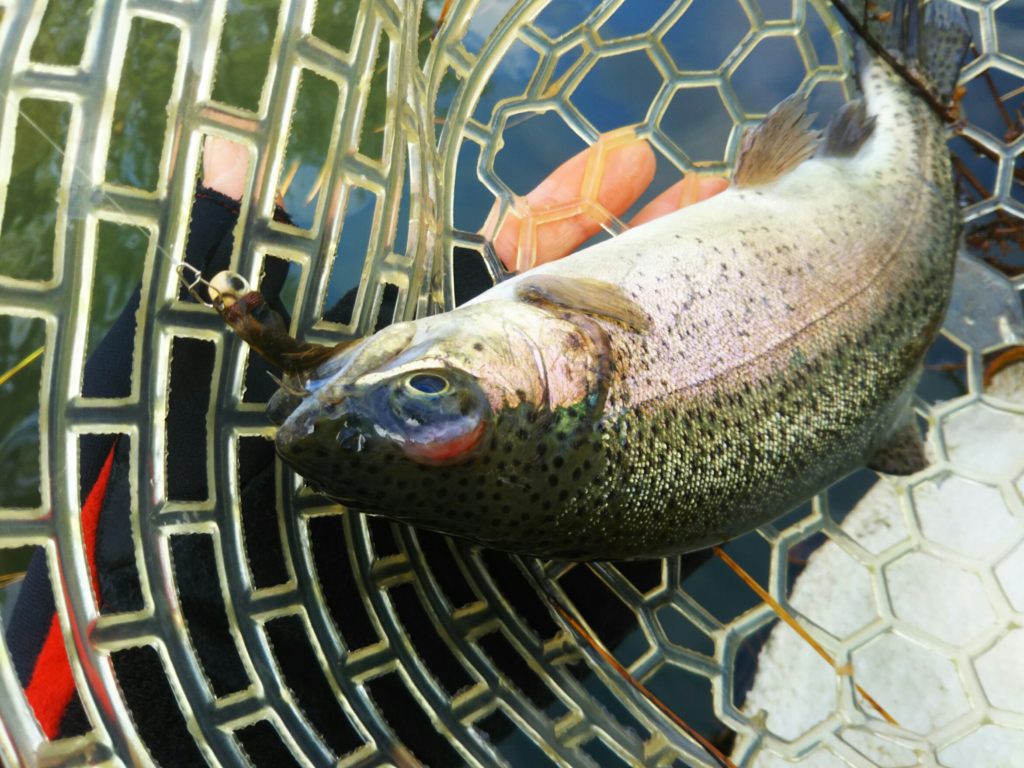
気温もグッと下がって寒くなって来ました。ちょうど管理釣り場のトラウトには適水温になっているであろう、この季節。
行って来ました。京都府南部にある、ボートでトラウトが釣れる管理釣り場『通天湖』へ。
この時期、いつも大放流をされるのでホームページをチェックしてみると金曜日が放流、で自分の休みが土曜日!
これは行きたい!しかし、土曜日は子供に左右されるのが常々。とりあえず、お姉チャンに予定を聞いてみた。
「釣り行きたい。」
なんと、親父の思いを知ってか知らずか最高の返答が!ありがとう、ありがとう、どうぶつの森。
ということで向かった通天湖。道中は前日に降った雪で積雪もあり、釣り場も雪景色。
昼前からスタート。とりあえずキャストを教えるところから始まり、重めのスプーンで広く探りますがマスさんは口を使ってくれません。
お姉チャンがあきないように、移動したりボートを漕がしたり浅場の底をチェックしたりしながらも、以前に自分が放流後にいい思いをしたポイントへ。
これが大正解。1投目からフェザージグにレインボーが、2投目クランクにも。
さらに1.6gスプーンにも釣れてきて、どうも中層で浮いている感じ。
お姉チャンもテンション上がって投げるも、木に引っかかったりで、なかなか掛からず。
しかし、ホスト役に徹してコチラが巻いて止めてを教えると早々にヒット!
その後も掛かる→ばらすを何回か繰り返し、充分楽しんで時間となりました。
結果、お姉チャンも釣れて自分も満足した釣果に良い釣りができました。
「良かったなぁ釣れて。また付いて行ってあげるわ」
と帰りの車で、お褒めの言葉を頂きました。





